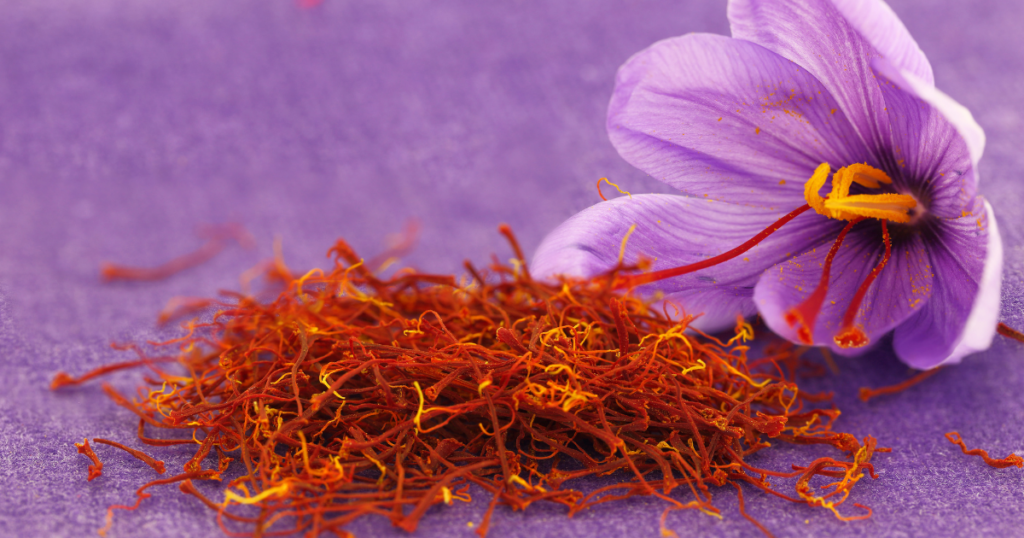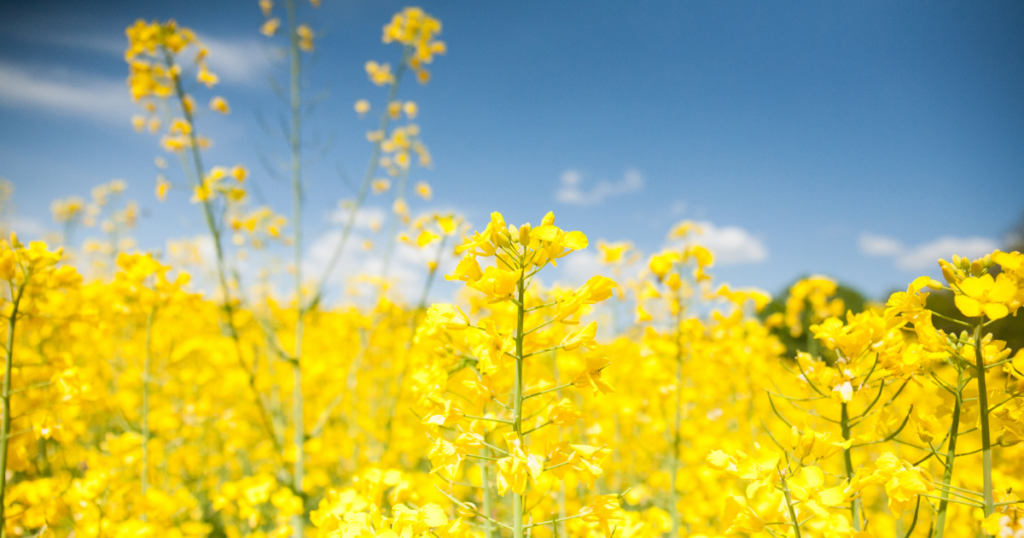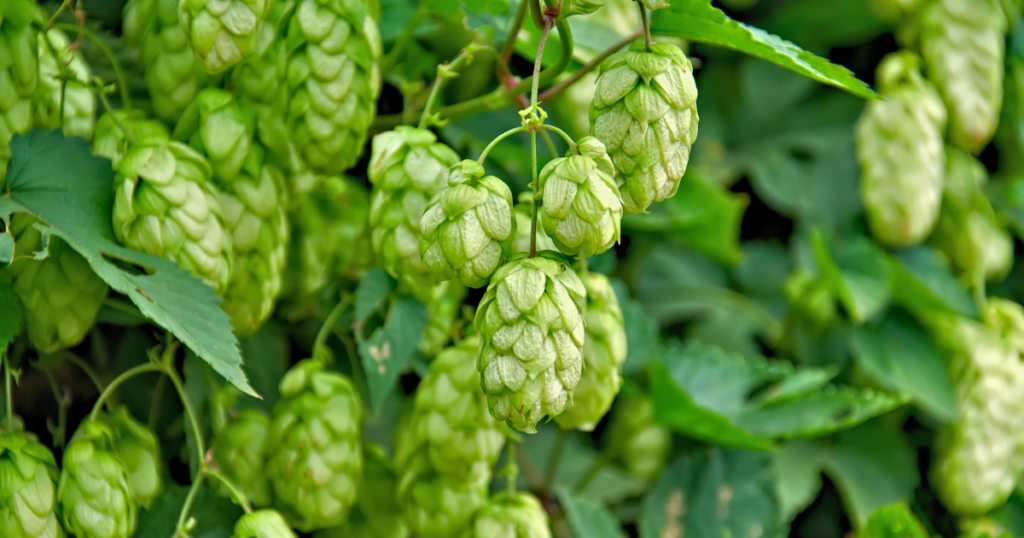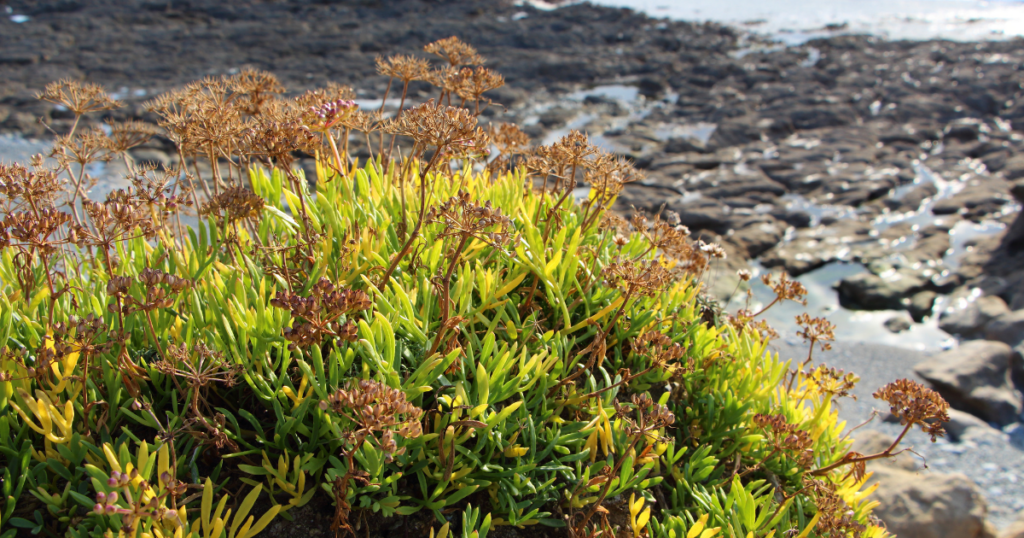See what I did there? I am talking about things Norwich has famously grown and growing your historical knowledge! I know I’ve got some super history nerd fans out there who might know it all already but hopefully you still learn something new! I’m an avid gardener when I’m not being a history nerd at work so it only seems logical to combine two of my favourite hobbies, gardening and history.
Saffron

First up, what’s worth more than its weight in gold? Saffron! Did you know that Norwich used to be famed for Saffron? We usually associate it with places like the Mediterranean and some remote fields in Europe, especially when you consider the origin of the name is za‘farān – the Arabic for Saffron / yellow! However, Norfolk was a great exporter across the “Low Lands” and beyond. We were growing lots of this beautiful bulb on a large and small scale across the Tudor, Stuart and Georgian eras, especially. It turns out that our soil is particularly good for crocus, making it even more flavoursome and thus a little goes a long way- more for your money!
I know we see swathes of beautiful crocus across Norwich in March but Saffron is harvested in October. It’s not for the faint hearted – every single bit needs to be picked by hand and it’s only, apparently, a three week window!
Some places were quite obviously known for growing Saffron, eg, Saffron Walden, who initially grew it for dyes and made most of their riches from the plant, but they were also commonly grown in monasteries. They could be used to make medicines, perfumes, dyes, spices and aphrodisiacs, so it turns out many people had their own reasons for growing this beautiful plant.
Norwich seemed to grow it mainly for the spice trade, but we believe the Cathedral started growing it for medicinal purposes… mainly. Call me suspicious but I think most people would be selling it and not making medicine from it. But that’s my PERSONAL opinion.
And if you’ve just put two and two together about how many crocuses are growing around the old Cathedral Grounds and boundaries these days, do not waste your time. I’ve been sitting on this information for a while and have personally gone out and inspected all the crocus and can confirm there are none left that will make us rich.
Mustard

This is one I still see growing regularly. Beautiful yellow fields as far as the eye can see. You may have seen this one coming… Norfolk is famous for mustard. The county has been producing it for centuries but it was a certain Mr Colman who made us famous for it. Thanks to Norfolk’s ideal soil (again), mustard thrived in the region. Farmers across the county grew fields of the tiny yellow-flowered plants, which were then milled into the bright golden powder we all know and love.
Did you know, that mustard has roots back to as far as 3000BC with ancient civilisations? It wasn’t just food, it was medicine! You could grind it down into a type of cream and use it to relieve muscle pain, apparently, it was once used to cure Scorpion stings, it aids digestion and is antiseptic!
Anyway, back in 1814, Colman began grinding mustard seeds in a watermill just outside Norwich, and the rest is history! Colman made his own special blend of brown and white mustard seeds. By the mid-1800s, Colman’s Mustard was the condiment of choice and it secured a royal warrant and made its way onto dining tables across Britain. And the company didn’t just stop at making the mustard – Colman’s took great care of its workers, building schools and even housing for its employees in Norwich.
Hops

What is Norwich famous for, many things probably leap to mind, and one of them could well be beer! Not only were we good at brewing it, we were good at growing it. Did you know Norfolk was once a major hub for hop growing?
When we think of hops, our minds often wander to the rolling fields of Kent, but Norfolk had its fair share of hop gardens too! It’s suggested that hops have been used in German beer since the 800s, in Belgium and Holland from the 1200s and made it to England in the 1400s- soon after it was a thriving trade. Our mild climate and well-draining soil made for ideal growing conditions, and the county became a crucial supplier for local brewers.
Hop growing was no easy job, though. The plants required careful tending, training up tall poles, and took three years to fully establish. Come September, the harvest was an intense but exciting time, with entire families working the fields to pick the cones by hand. In true Norfolk style, many hop farms had their own traditions, and the end of harvest was often marked with a celebratory pint (hopefully several) of fresh beer.
And more…

Okay, I can’t tell you everything about all of the things we’ve grown in our history so now I’m going to summarise a few more interesting bits.
Barley. Getting all that grain fame. Our county has been a powerhouse for barley growing for centuries, with its golden fields stretching across the landscape. In fact, Norfolk barley is some of the best in the world for malting, which is why it’s been in high demand for brewing since medieval times. Fun facts with Holly.
Back in the day, barley wasn’t just for beer – it was also a staple food, turned into bread, porridge, and even a light, less alcoholic beer ‘small beer’ that was safer to drink than water. As Norwich’s brewing industry boomed, so did its need for barley and that’s why we predominantly relate barley to our brewing industry. (Wheat too but I’m trying to condense!)
Peas! Someone told me that Norfolk is the ‘Pea Capital of Britain’. I cannot speak to if anyone, other than this one person, has ever looked at the lands of Norwich and Norfolk and uttered the words “ah yes, the pea capital of Britain” but I can tell you that peas have been grown here for centuries. In the 1940s Birds Eye set up operations in Great Yarmouth, things took off and by the 1960s, the county was home to the world’s biggest frozen pea factory.
Norfolk asparagus has been a delicacy for centuries. With its sandy, well-drained soil, the county is perfect for growing this tender, green spear, and in the past, it was harvested in small, hand-tended plots. Unlike other crops, asparagus isn’t planted and forgotten – it takes three years before you can harvest it, and even then, it has a tiny, six-week picking window (mid-April to June).
Samphire is famous on our north Norfolk coast. Sea asparagus or marsh seaweed, some people crudely call it, has been foraged here for years and where I am sure historically this was one of the peasants’ foods along with mussels (yes, google it) it is a much sought after delicacy today. It grows so well here because we a large expanse of salt marsh.
Sugar beet, not sugar cane. Before sugar beet, Britain relied on imported sugarcane, but during wartime shortages, a homegrown alternative was needed – enter Norfolk’s sugar beet boom!
Lavender! Lavender has been grown here for centuries, originally cultivated in monastery gardens for its medicinal properties. The monks believed it could cure headaches, aid sleep, and even ward off evil spirits (or at least some bad smells – it was one of the things people used to stuff the plague doctors’ masks with to protect from miasmas – yes I know this wasn’t a predominantly English plague doctor thing but it’s a cool fact, let me add it in!). By the Victorian era, Norfolk’s lavender was in high demand for perfumes, soaps, and potpourris.
So, what have I missed? Are there even more things to add? Did you already know it all or did you GROW your history knowledge? Do we deserve the title Kings of the Asparagus, Pea Capital of Britain? Whether you knew it all or learned it all just now, thanks for staying with me through this growing history and have a very hoppy rest of your day.